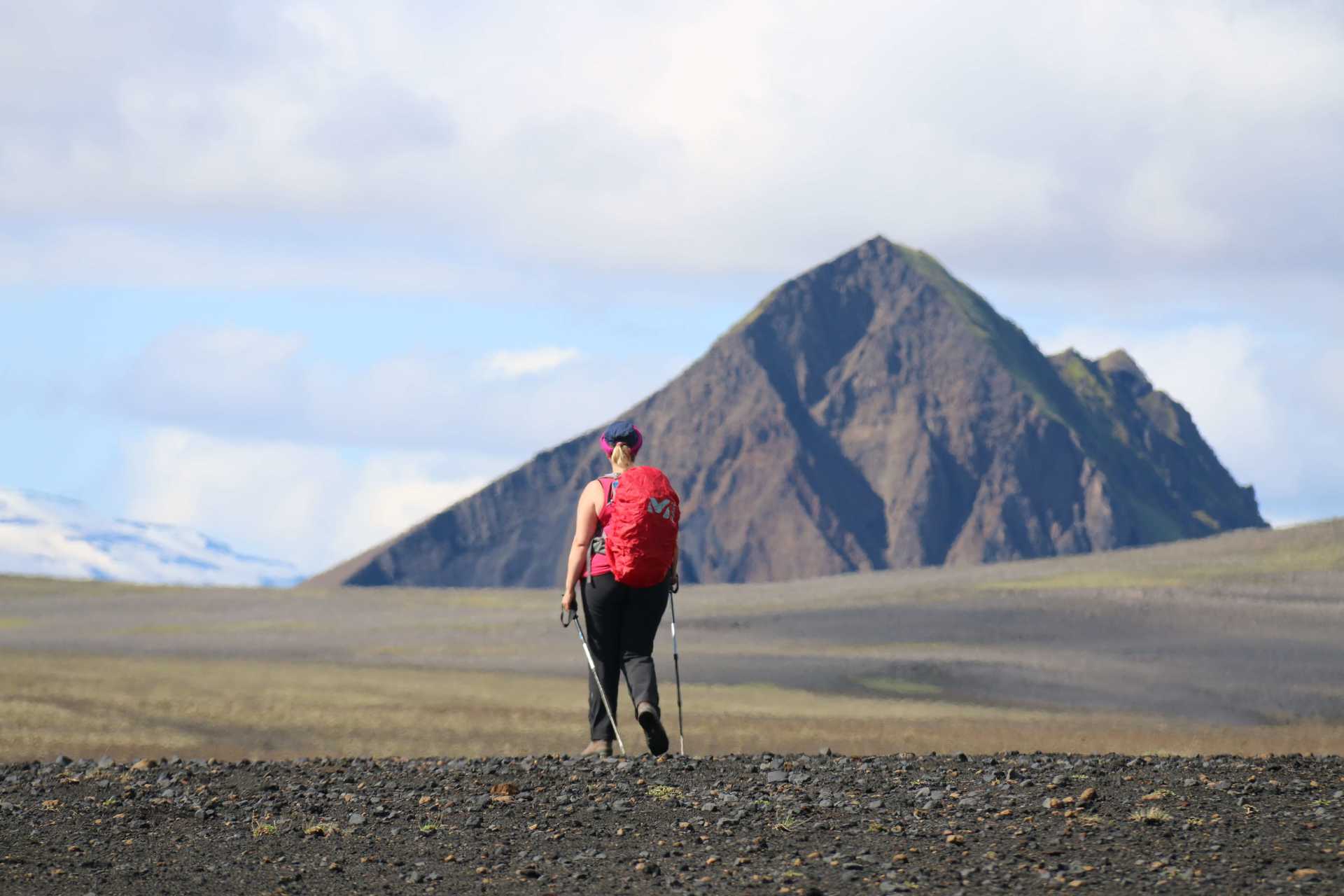Our Complete Iceland Travel Guide
Here at Kandoo Adventures we operate several fantastic trips
to Iceland and in this blog, we’ll answer some of the most asked questions
about travelling to Iceland and provide you with some interesting facts about
Iceland. For more information regarding our trips to Iceland, get in touch with
our friendly team who are happy to answer any questions you may have.
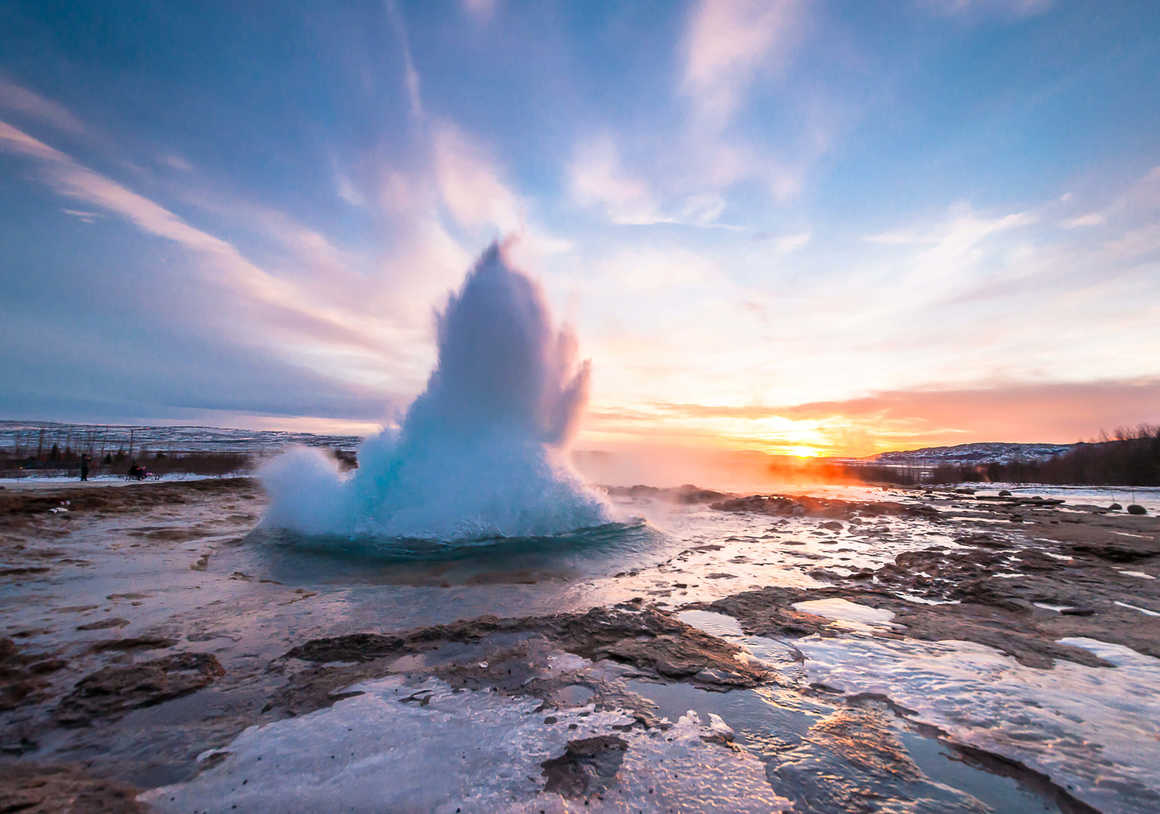
Where is Iceland?
What is the population of Iceland?
What is the capital of Iceland?
What language do they speak in Iceland?
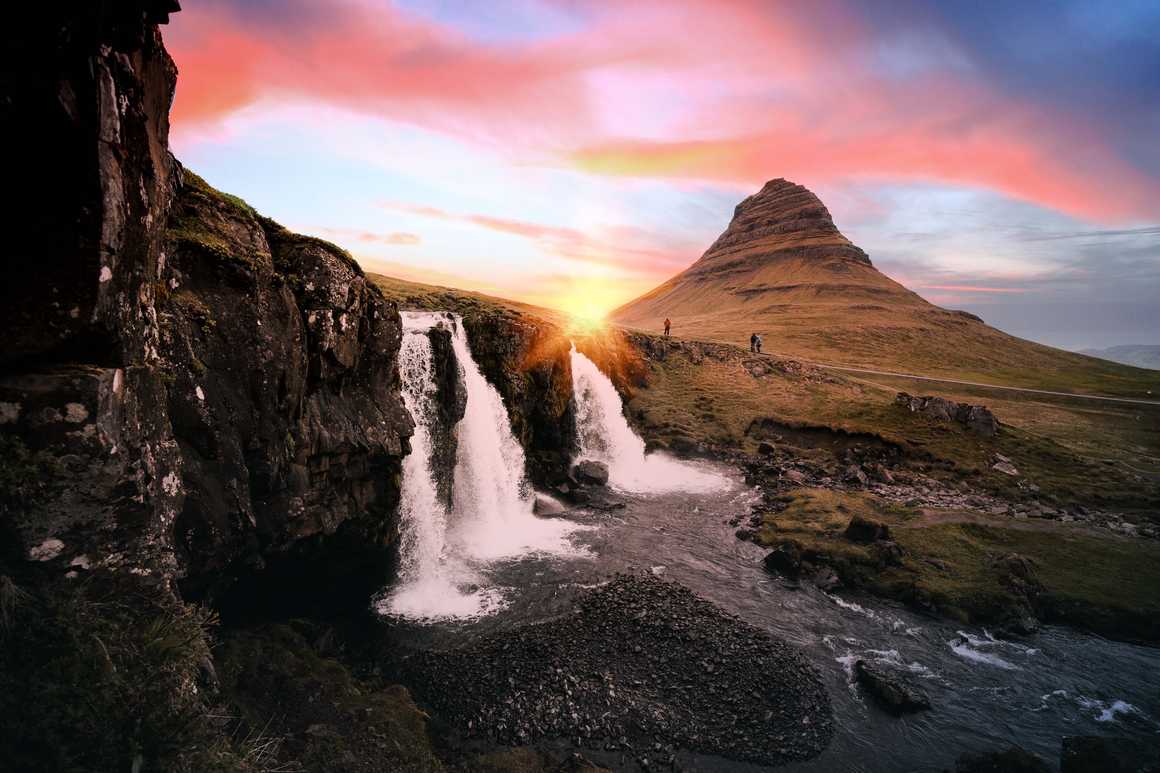
What is the currency in Iceland?
What time is it in Iceland?
When travelling to Iceland, it’s good to know that Iceland
does not adjust to daylight savings time. Due to Iceland’s proximity to the
Arctic Circle, the country experiences “midnight sun” in which the setting sun
doesn’t fully dip below the horizon in the summer months. Iceland experiences
its peak daylight hours during the Summer Solstice in late June.
At the other extreme, days are much shorter during winter,
with only a few hours of daylight around the solstice in December.
How long is the flight to Iceland?
The flight duration will differ depending on the country you
are flying from. The average flight time from London to Reykjavík is 3 hours
and 10 minutes, while the shortest flight from New York to Reykjavík has a
duration of approximately 6 hours. There are no direct flights from Los Angeles
to Reykjavík and they will include at least one stop over in the United States.
When is the best time to visit Iceland?
Typically, visitors tend to come to Iceland in the summer
months from May to July when the temperatures are a little warmer, the roads
are more navigable, and the midnight sun makes the days longer. This is because
some of the most remote and exciting places in Iceland are only open during the
summer months. For example, those who come to trek the iconic Laugavegur
trekking route can only access this region during the summer months.
That being said, there are more and more visits to Iceland
in winter each year as people come to seek out the northern lights. Due to its
very northern location and dark winters, Iceland is one of the best places
to see the northern lights on Earth. Though the northern lights, or the
aurora borealis as they are otherwise known, are technically present all year
round the best time to see the northern lights in Iceland is between September
and April. This is because Iceland is very dark in winter and the darker it is,
the better the chance of seeing the vibrant colours of the aurora.
In addition, the best time of year for whale watching in Arctic
countries such as Iceland and Greenland is between April and September.
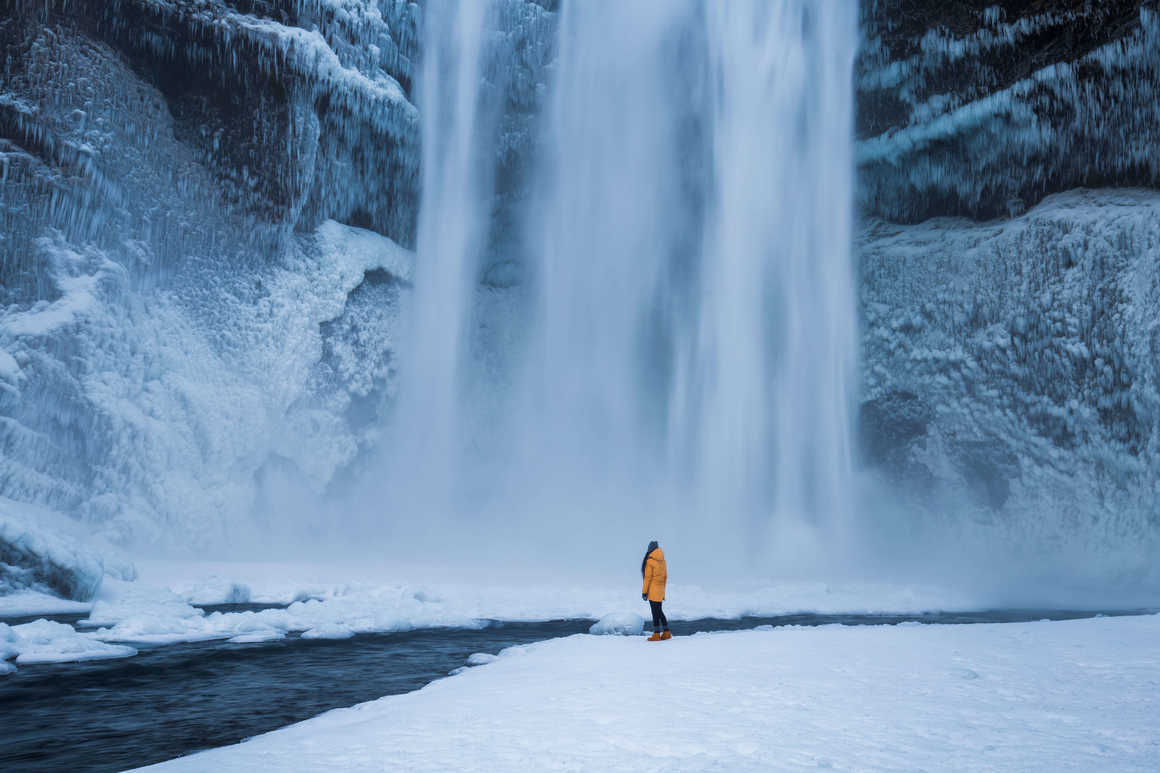
What is Iceland weather like?
From May to July Iceland experiences its summertime. Iceland’s
summer is milder, the days are longer and its truly a spectacular time to
visit. During these months Iceland experiences 24/7 daylight but the weather
can still be very unpredictable. Temperatures can drop as low as 7 °C and rise
as high as 25 °C It can rain a lot during summer, so you still need to pack
warm clothes and waterproofs as well as your summer gear.
In the winter, between September and April, Iceland’s
average temperature usually ranges from around -10°C to 0 °C though
temperatures regularly go down to -20°C in the northern part of Iceland but stay
close to 0°C in the south. Iceland weather in winter is snowy and cold, with
long nights and in the depths of winter in Iceland, the sun never really rises.
What to wear in Iceland?
For a summer trip to Iceland, it’s not a bad idea to bring
both light and warmer layers with you. Light layers include t-shirts, thin
long-sleeved shirts as well as shorts. For your warmer set, make sure to bring
some trousers or jeans and layers such as a fleece or thick jumper. For walks
on beaches, along cliffs or in national parks, you should wear some good
water-resistant hiking shoes or boots. Because of the ever-present light at
this time of year, we also recommended sunglasses and suncream.
When travelling to Iceland in winter, we recommend packing
an insulated jacket and adding some good base layers to keep you even warmer.
Good sturdy boots will also help you enjoy the rough outdoor terrain. It’s good
to know that most outdoor excursions such as snowmobiling and ice caving
provide the necessary winter clothing such as warm outer layers but it’s a safe
idea to bring winter trousers and snow boots.
Iceland entry requirements
For US citizens visiting Iceland, your passport must be
valid at least three months before your intended date of departure from
Iceland. For this reason, we recommend that your passport has at least 6 months
validity remaining whenever you travel abroad. Iceland is also a party to the
Schengen Agreement, meaning that US citizens may enter Iceland without a visa
for up to 90 days for tourist or business purposes. All visitors should also be
up to date on all recommended vaccinations including hepatitis A, hepatitis B
and measles.
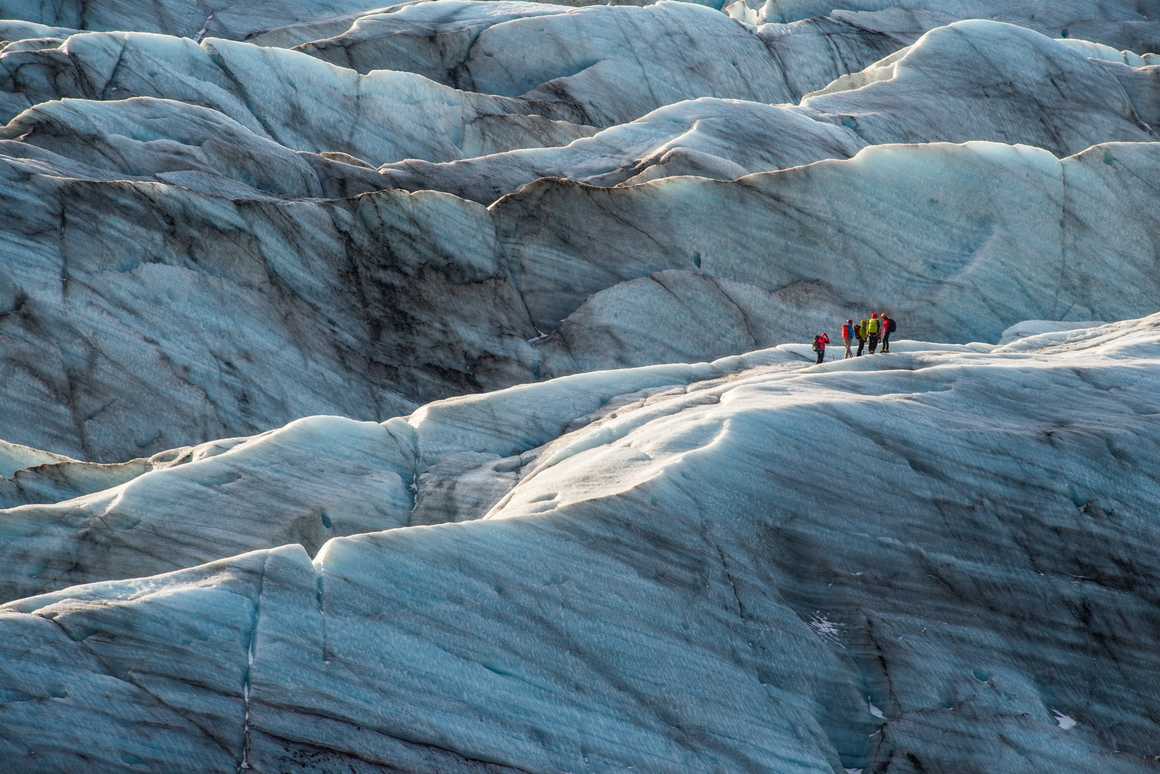
What to do in Iceland
1. Trek in Iceland
Trekking in Iceland is popular as this icy paradise can be
cold, but not too cold and the landscapes found here are like nothing you’ve
ever witnessed before. Amongst the icy fields, glaciers and mountains are
hidden hot springs, volcanic swimming pools, stunning fjords, crevasses and
some of the most impressive waterfalls in the world.
We at Kandoo Adventures offer a range of different Iceland
adventure holidays including our Laugavegur Trek and Volcanoes,
Deserts and Glaciers Trek where you can explore the highlights of this
impressive island by foot. The beauty of a trekking holiday with Kandoo
Adventures is that our trips take you to the most iconic destinations and allow
you to totally immerse yourself in the unrivalled landscapes and panoramic
views you’ll discover here.
2. Swim in Iceland
Swimming in Iceland is a popular activity among
locals and visitors alike, so much so that pretty much every village has their
own community pool, many heated by nearby geothermal springs or underground
thermal activity. With the country’s history tied to fishing, knowing how to
swim became a must and so it is tradition for every Icelander to learn to swim
for a young age. It’s not just about safety though, it’s also a shared love for
the water.
As well as swimming pools, Iceland has many geothermal spas,
hot springs, warm rivers and stunning beaches just perfect for swimming. With
over 100 swimming pools and various spas, lagoons and hot springs to choose
from including the famous Blue Lagoon, there’s plenty of places to choose from
if you’re in search of things to do in Iceland.
3. Go
in search of the northern lights
The northern lights, also known as the aurora borealis, are
a natural phenomenon that can be seen in the night sky during the winter months
in countries like Iceland, Norway and Greenland in the Nordic
region. Catching a glimpse of the northern lights is on the bucket lists of
millions around the world and it’s easy to understand why. Being one of the
best places to see the northern lights, tying in a northern lights tour
with your trip to Iceland will ensure you make the most of your visit and leave
with memories that will last a lifetime.
4. Tour
the Golden Circle in Iceland
The Golden Circle is the most famous of all scenic routes in
Iceland, combining some of the most stunning geological wonders Iceland has to
offer. Mounted with big and small highlights including the Great Geysir and
Gullfoss waterfall, the Golden Circle Tour can be extended at will. Whether you
take one or more days to complete the Golden Circle Tour, you’ll experience
some of the most stunning landmarks and historically significant places in
Iceland. It is a must do in any Iceland travel itinerary!










